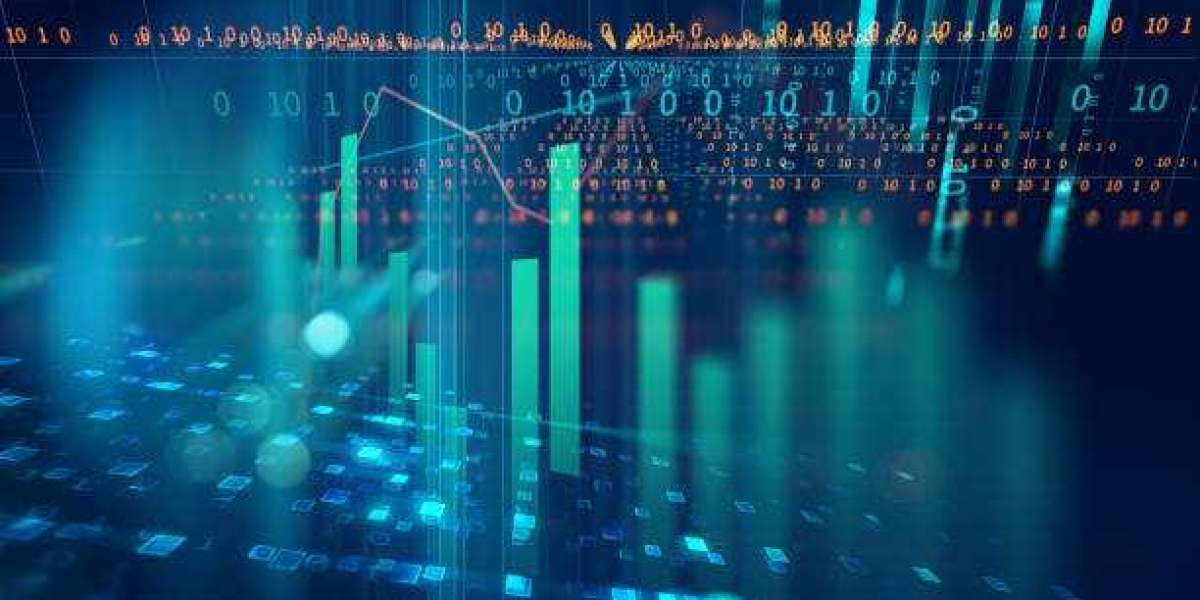Forensic investigations often rely heavily on image-processing tools to uncover crucial evidence and solve complex cases. These tools play a pivotal role in enhancing, analyzing, and interpreting images, ensuring that investigators can extract every bit of information from visual evidence. In this comprehensive guide, we will explore the world of forensic image tools, from their fundamental functions to their advanced capabilities.
Introduction
The field of forensic investigations encompasses a wide range of disciplines, from crime scene analysis to digital forensics. Regardless of the area of expertise, images are integral to the investigative process. Images can provide vital clues, document evidence, and assist in recreating crime scenes. However, these images are often far from pristine, and their quality can significantly impact the investigation's outcome.
Forensic image tools are specialized software and techniques designed to enhance and analyze images, making them more useful for investigative purposes. These tools can clarify blurry images, extract hidden details, and even detect alterations or forgeries. They are indispensable in uncovering the truth and ensuring justice is served.
Fundamental Image Processing Tools
1. Image Enhancement
Image enhancement tools improve the overall quality of an image by adjusting parameters like brightness, contrast, and sharpness. This process can reveal hidden details in poorly lit or faded images, making them more valuable as evidence.
2. Image Analysis
Image analysis tools help investigators measure and analyze various features within an image, such as the dimensions of objects or the comparison of patterns. This can aid in crime scene reconstruction and evidence evaluation.
3. Image Authentication
Image authentication tools verify the integrity of an image to ensure it hasn't been tampered with or manipulated. These tools detect inconsistencies in image metadata and pixel-level alterations, essential for identifying forgeries.
Advanced Image Processing Tools
1. Facial Recognition
Facial recognition software identifies and matches faces within images, allowing investigators to track individuals and establish connections between suspects and victims.
2. Geospatial Analysis
Geospatial analysis tools use location data embedded in images to map out the movement and activities of individuals or objects, assisting in crime scene reconstruction and tracking.
3. Forensic 3D Reconstruction
Forensic 3D reconstruction tools create three-dimensional models of crime scenes or objects, providing a more immersive and detailed perspective for investigators.
Conclusion
Forensic image tools are invaluable assets in modern investigative work, helping forensic experts uncover hidden clues, authenticate evidence, and reconstruct crime scenes. Whether you're dealing with digital photographs, security camera footage, or physical images, these tools are essential for ensuring justice is served and truth prevails.
In this comprehensive guide, we've only scratched the surface of the vast world of forensic image tools. As technology continues to advance, these tools will evolve and become even more crucial in the pursuit of justice. Whether you're a seasoned investigator or someone interested in the fascinating world of forensic science, understanding and utilizing these image-processing tools can make a significant difference in solving complex cases.





